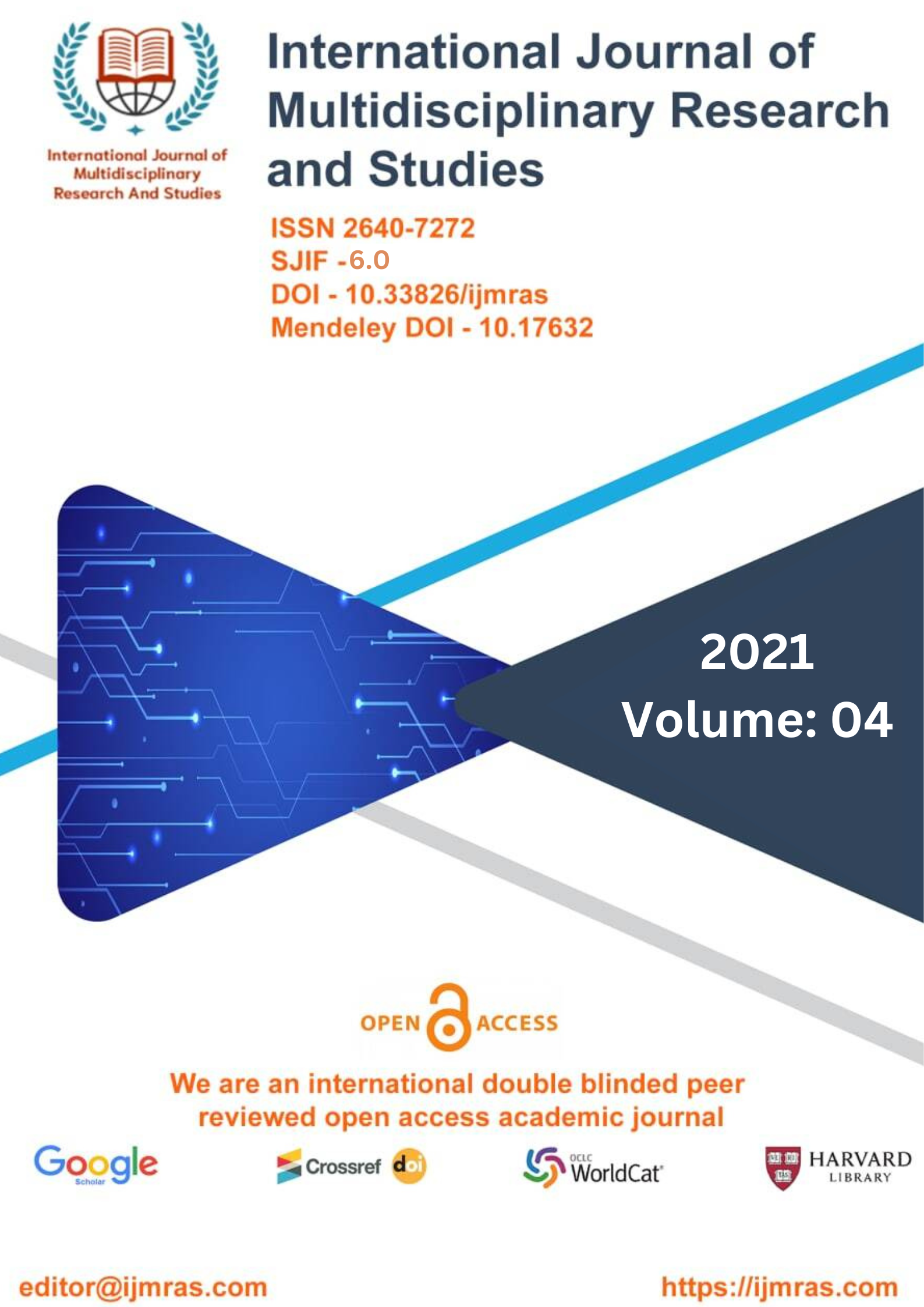ACHIEVEMENT GAP BETWEEN MEN AND WOMEN IN HIGHER EDUCATION

Abstract
Policies and programmes for development that do not address gender inequality miss out on crucial chances for growth. The education of females is critical not only for reasons relating to social fairness but also due to the fact that it hastens the process of social transformation. It is imperative for the growth of human resources that gender equality be promoted within the educational system. When you educate a woman, you are really teaching her entire family. An educated woman is more capable of taking care of the health, nutrition, and education of her children, and more so of being an active actor in the social and economic growth of the country. This is because a woman bears the duty of the entire family on her own. It should come as no surprise that educational achievement is a critical factor in economic success everywhere. Literacy is the foundational skill that every student must possess. It is an essential element in the formation of both social cohesiveness and a sense of national identity. It leads to an improvement in the breadth and quality of public opinion, as well as to a more active engagement of the marginalised in the democratic process. No culture has ever achieved economic, political, or social liberation without first establishing a solid basis of educated women, and no society ever will. Education has a direct bearing on the empowerment of women because it enables women to become more knowledgeable about their rights, their skills, and the options and possibilities that are open to them. Studies have shown that there is a strong correlation between female education and a variety of developmental indicators, including increased economic productivity, improvement in health, delayed age at marriage, lower fertility, increased political participation, and effective investments in the next generation. Some of these indicators include.
Keywords
Achievement, Education, Programmes, DevelopmentHow to Cite
References
AISHE (2018). Department of Higher Education, Ministry of Human Resource Development, Government of India (2018). All India Survey on Higher Education2017-2018.
Flick, U., (2018). An introduction to qualitative research. Sage Publications Limited.
Ganesh, S. and Paramasivam Ganesh, M., (2014). Effects of masculinity-femininity on quality of work life: Understanding the moderating roles of gender and social support. Gender in Management: An International Journal, 29(4),
Gaur, S.P.,(2006). Achieving Inter-Gender Communication Effectiveness in Organizations. Vision: The Journal of Business Perspective, 10(2),
Gender Equality in the Workplace in India (2015). Gender and Economic Policy Discussion Forum - Gender Equality in the Workplace in India. (2015). [online] Available: New Delhi: Heinrich Böll Stiftung, [2019, 15 April]
Holmes, M.A., (2015). A sociological framework to address gender parity. Women in the geosciences: practical, positive practices toward parity. Edited by MA Holmes, S OConnell, and K Dutt. John Wiley & Sons, Inc., Toronto, Ontario, pp.25-30.
Jarman, J., Blackburn, R.M. and Racko, G., (2012). The dimensions of occupational gender segregation in industrial countries. Sociology, 46(6), pp.1003-1019.
Jupp, V. (2006). The Sage dictionary of social research methods. Sage. Kanter, R.M., 1977. Men and women of the corporation.1st ed. Basic books.
Kardam, N., (2004). The emerging global gender equality regime from neoliberal and constructivist perspectives in international relations. International Feminist Journal of Politics, 6(1),
Monroe, K., Ozyurt, S., Wrigley, T., & Alexander, A. (2008). Gender equality in academia: Bad news from the trenches, and some possible solutions. Perspectives on politics, 6(2),
Ohchr (2014). Gender stereotypes and Stereotyping and women’s rights [Online]. [2019, 20 May]
Orb, A., Eisenhauer, L. and Wynaden, D., (2001). Ethics in qualitative research. Journal of nursing scholarship, 33(1),
Patrician College (2019). Academics- Social work [Online]. [2019, 10 April]
Pearson, M.J.T., Lindop, F.A., Mockett, S.P. and Saunders, L., (2009). Validity and inter- rater reliability of the Lindop Parkinson's Disease Mobility Assessment: a preliminary study. Physiotherapy, 95(2),
Posselt, J., Porter, K.B. and Kamimura, A., (2018). Organizational Pathways toward Gender Equity in Doctoral Education: Chemistry and Civil Engineering Compared. American Journal of Education, 124(4),
Silverman, D. (1997), Qualitative Research, Theory, Method and Practice, London, Sage Publications.
Sweden (2014). Women and men in Sweden: Facts and figures 2014 [2019, 24 February]
License
Copyright (c) 2021 Raushan Kumar Singh

This work is licensed under a Creative Commons Attribution 4.0 International License.
Individual articles are published Open Access under the Creative Commons Licence: CC-BY 4.0.



